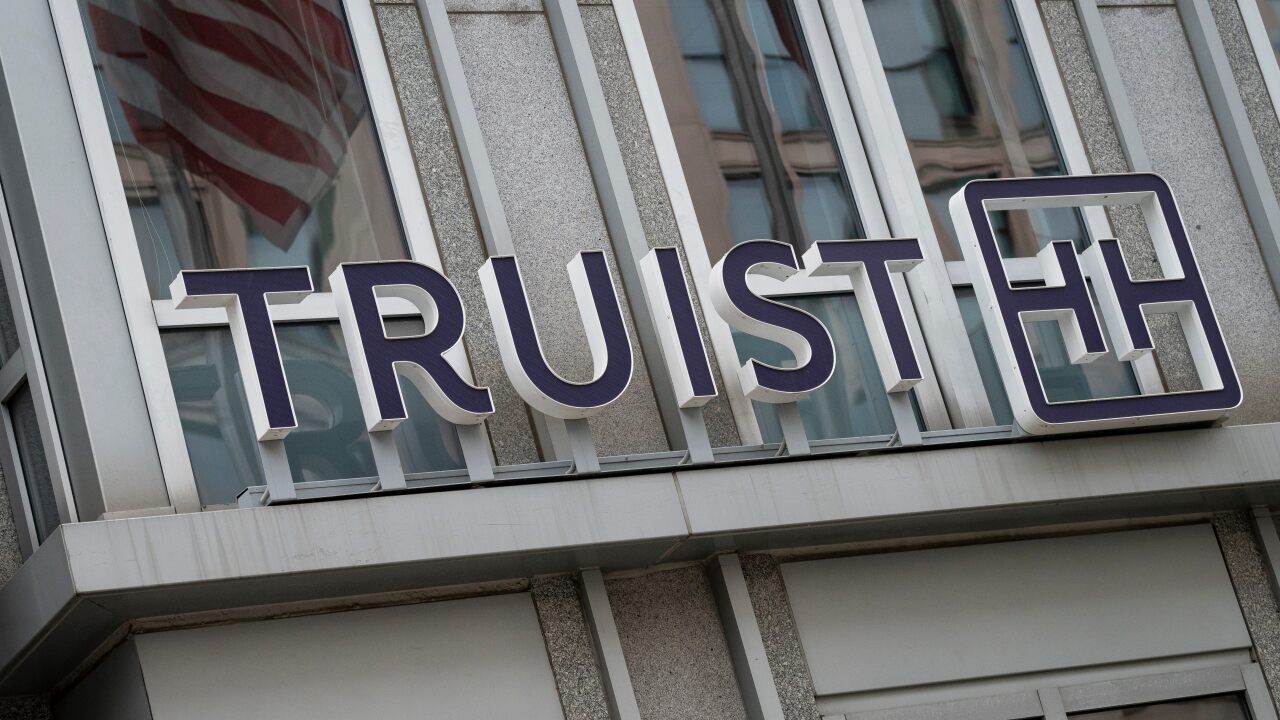The Truth-in-Lending decision the Supreme Court handed to the banking industry last week is not as good as it seems. In fact, it is likely to escalate the criticism of bank lending fees for consumer loans.
In a brief, rather clumsy decision, the court ruled that the Truth-in-Lending Act does not require inclusion of over-the-limit credit card fees in finance charges for the purpose of determining annual percentage rates. Creditors don't want to include the fees, because that would inflate the APR disclosure and thereby create customer service, media, and political problems.
Had the court limited itself to saying it would defer to the constitutional power of Congress to regulate consumer credit through the expertise and regulations of the Federal Reserve Board, the decision would have been in line with hundreds like it over the past century, and the banks would have had a clean victory. Instead, Justice Clarence Thomas, who wrote the opinion, hinted that the Truth-in-Lending Act "is, at best, ambiguous" and may not "provide a clear answer" to the issue at hand.
Normally, in Truth-in-Lending cases, ambiguity is decided in favor of the consumer, but Justice Thomas mysteriously rejected that principle. His discussion of the section of Regulation Z that covers the fees that creditors can exclude from APR calculations wasn't well developed, either.
Reg Z allows card issuers to exclude from the APR calculation "charges for actual unanticipated late payment, for exceeding a credit limit, or for delinquency, default, or a similar occurrence."
Justice Thomas bought the idea that over-the-limit fees are unanticipated, surmising that they are "not automatically recurring" and are a reasonable "penalty" for "violating the credit agreement." To him, it was as though the occurrence of such fees was a surprise to the creditor.
He went on to say that the plaintiff's argument was "based on a fundamental misunderstanding of the workings of the credit card industry."
Ten years ago Justice Thomas might have been right that card issuers did not anticipate late and over-the-limit events. In fact, in those days they did everything they could to make sure cardholders would always pay on time and never exceed their credit limits. Issuers allowed 35-day payback periods but got tough when payments arrived late, a check bounced, or the credit limit was breached.
The workings of the card industry have changed considerably since the Smiley decision of the Supreme Court in '96, which allowed free market pricing of non-APR fees. Today banks view late, over-the-limit, and delinquent fees as important profit opportunities. Put another way, these fees are now devoutly wished for, eagerly anticipated, and systematized to happen often. They enable issuers to advertise low APRs, so that cardholders will borrow more and pay them through the back door.
Except in cases of extreme delinquency, these fees are no longer surprises and are penalties only semantically. Indeed, it is hard to see them as anything other than a cost of borrowed money. In fact, the Supreme Court has interpreted the National Bank Act to treat such fees as a component of interest - a term for which "finance changes" was substituted in Truth-in-Lending.
In short, it seems that both the Supreme Court and the Federal Reserve Board are on the wrong track about how to disclose many non-APR fees. If so, at some point Reg Z has to catch up with reality.
Ultimately, the devil in this case was not just the over-the-limit fees but the Truth-in-Lending Act itself. Let's face it, Truth-in-Lending and Reg Z have grown into a bloated, grotesque, anti-consumer monster that does little to nothing to promote truth in lending.
The mass of unreadable disclosures that Truth-in-Lending imposes on consumers undoubtedly has contributed to the growing public cynicism about banks and their regulators. Truth-in-Lending helps creditors, if they are so inclined, to camouflage pricing and other shenanigans. Creditors know full well that the overwhelming majority of consumers throw legal notices in the garbage without a glance. Maybe that explains why so many of them are on a change-of-terms binge to raise non-APR fees.
Competition usually means lower prices, but at least for the card industry the elevator always seems to go up. To prevent this, Truth-in-Lending is supposed to help consumers fend for themselves. In the case of low-income cardholders, it seems to do the opposite. If they trip along the way with a late payment or bum check, their APR automatically rockets to 25%, and that doesn't include the $40 penalty fee.
Too many low-income consumers in fact are now paying the kind of exorbitant prices that small loan companies charged a generation ago. These prices end up subsidizing well-off cardholders, enabling them to get interest-free loans and expensive perks like free airline tickets.
Ironically, in the late fee cases in the '90s, the card industry argued in hundreds of briefs that statutory limits on late and similar fees unfairly forced good payers to have to subsidize delinquents. Today the shoe seems to be on the other foot - the little people unfairly subsidizing the better off. Does anybody care this time around?
Instead of applauding last week's decision, banks ought to worry about this unfortunate state of affairs. They must be aware that a tension of considerable magnitude is growing between them and their customers about the failure of the law to manage unfair banking practices.
The solution is for banks to urge their customers and regulators to join in a long overdue reform effort. In particular, they should fund an ecumenical effort to present Congress with something that is a win-win for everybody.





